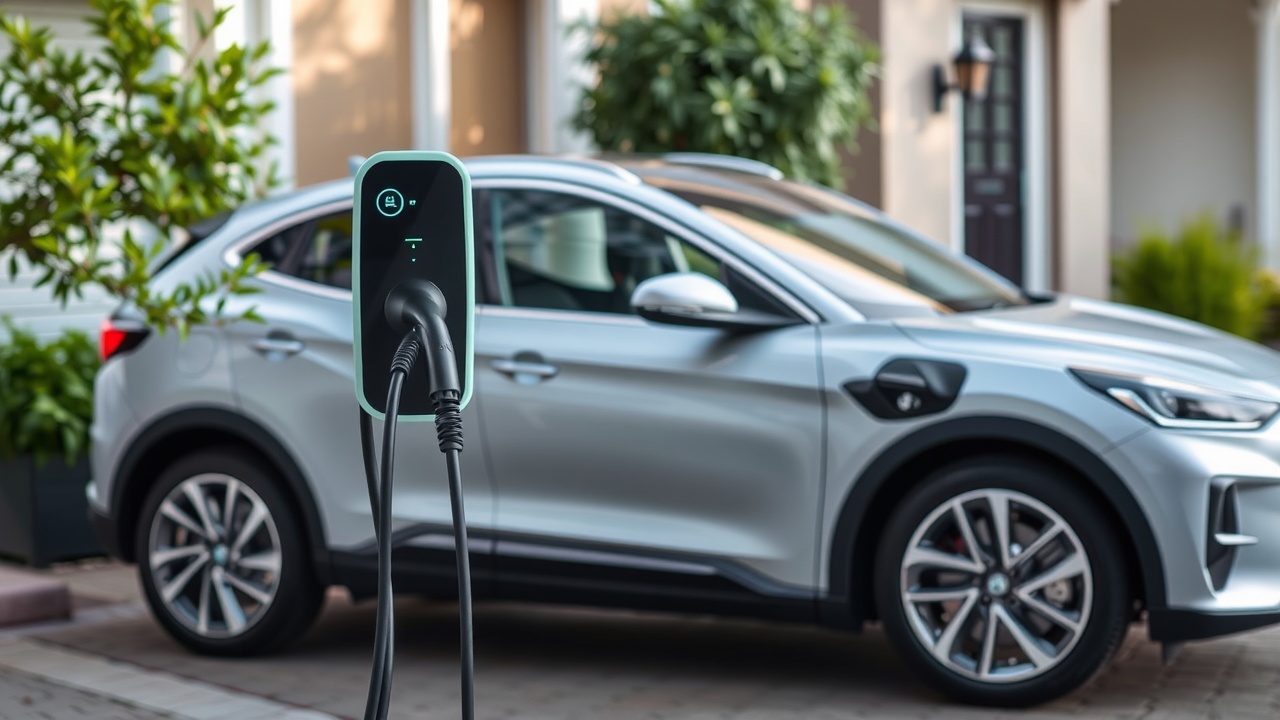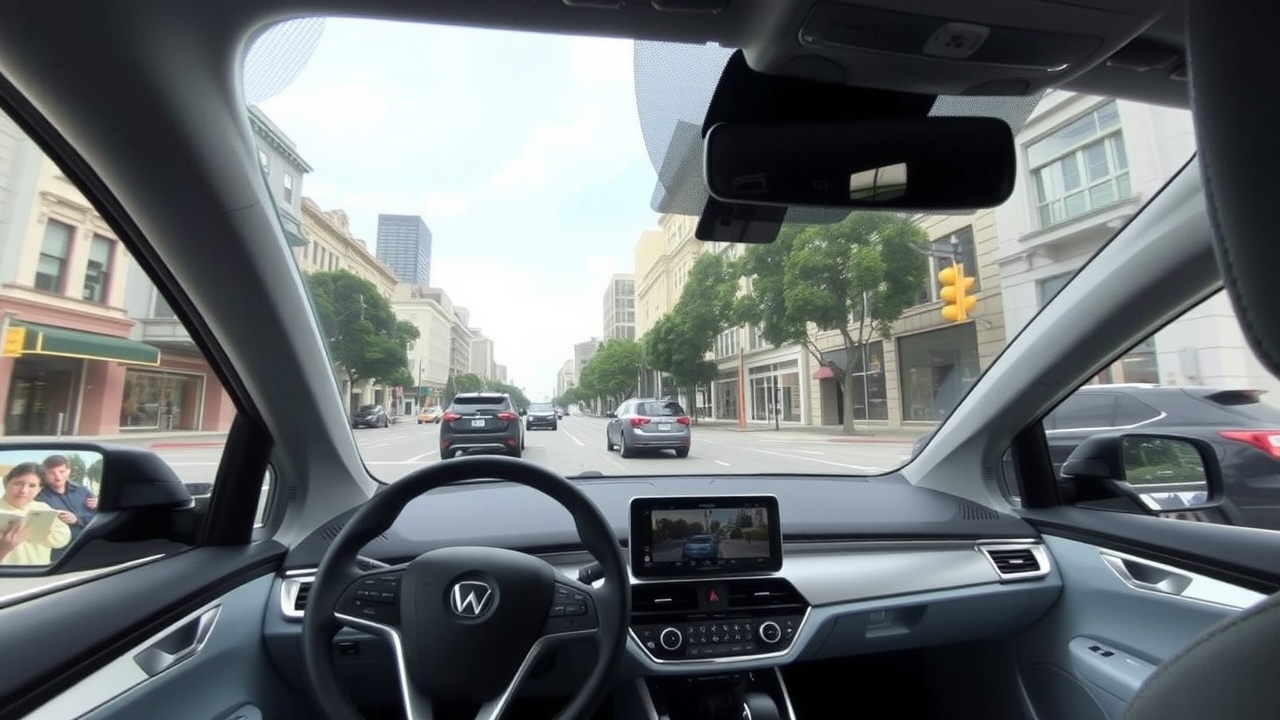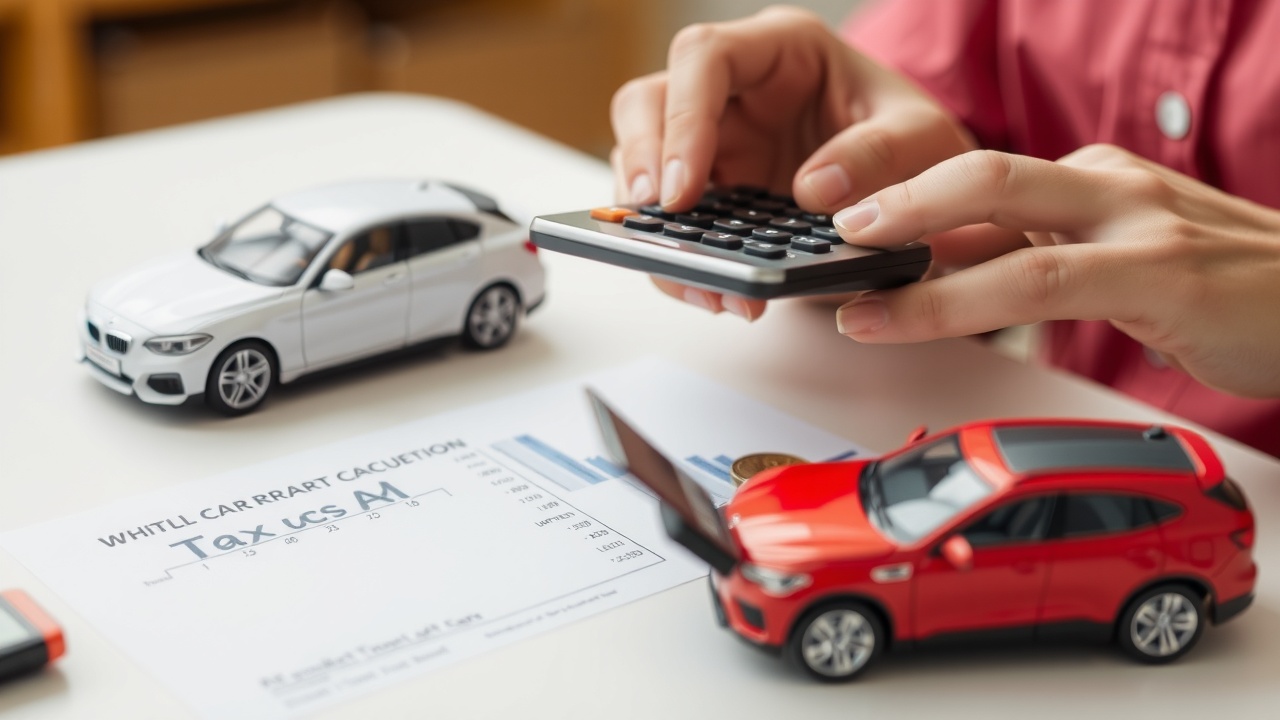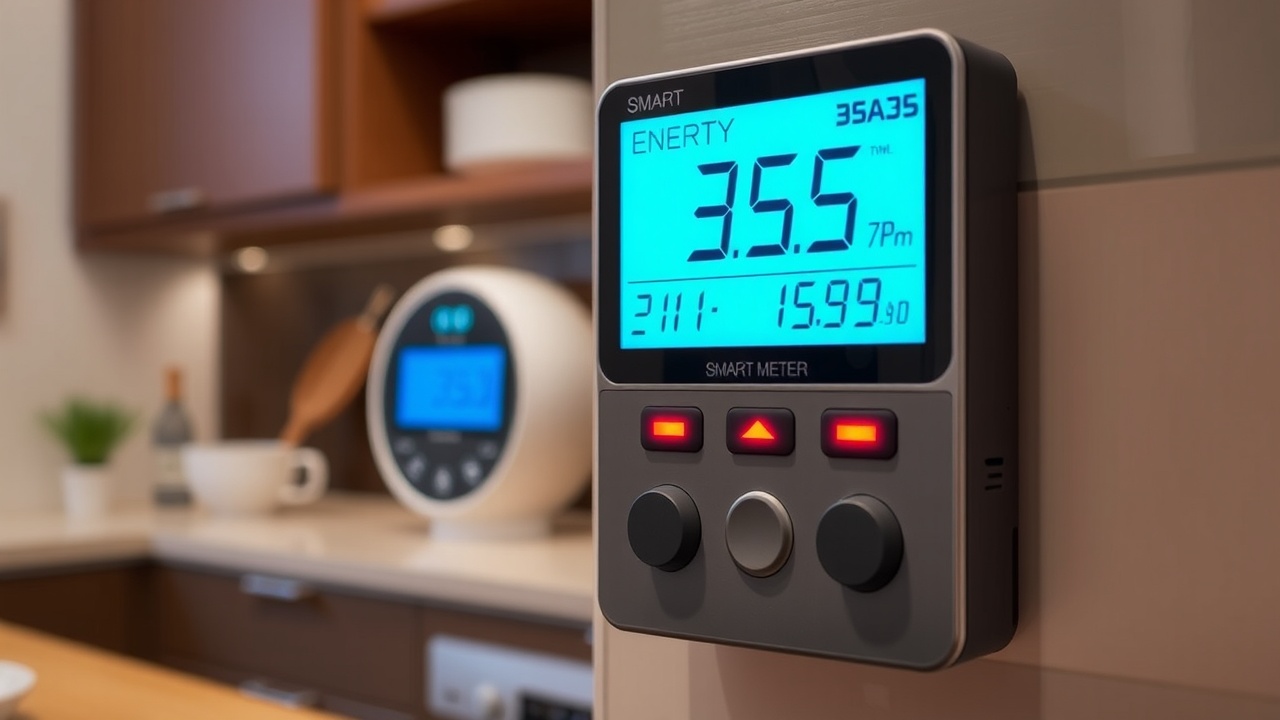
We examine the best EV tariffs available from energy providers and assess how effective they are at reducing your overall household expenses as the demand for electric vehicles grows
You can reduce your household energy expenses and charge your EV more effectively with the best EV tariffs. However, what is an EV tariff exactly, and how can you choose one that works for you?
Recent increases in energy prices, council taxes, and water bills have already put pressure on household budgets.
Therefore, it should come as no surprise that owners of electric cars are searching for ways to reduce expenses. Getting an EV tariff is one way to achieve this, as it allows you to keep more of your money in your pocket and charge your car's batteries for less.
As more and more people convert to electric vehicles from gasoline and diesel, it's important to know what these EV tariffs offer, how they operate, and whether they're worthwhile. Everything you require is provided here.
Describe EV tariffs.
The goal of EV tariffs is to provide electric vehicle owners with the most economical means of charging their cars at home.
The existing options on the market function similarly to time-of-use (TOU) tariffs and Economy 7. When you charge your car during off-peak hours, which are typically overnight, you will receive a discounted electricity unit rate.
Although EV tariffs target owners of electric vehicles, the lower unit rates typically apply to all off-peak electricity use. Depending on when you use the appliances, this implies that you can save money on household tasks like running a dishwasher or washing machine.
Fixed deals are not subject to the Ofgem energy price cap, but variable EV tariffs with a dual-rate are. A weighted average unit rate that accounts for typical household day and night usage must be met by suppliers.
Each region has a different exact rate. To find out your rates, get in touch with your energy supplier.
Can I receive an EV tariff?
You must have a smart metre installed and own an EV charger in order to be eligible for an EV tariff. This will enable your energy provider to precisely gauge your energy consumption and timing.
Some suppliers also require you to be an existing customer. It might be necessary for you to switch to one of their other tariffs before moving to their EV-specific offer if you aren't already with them.
Additionally, you will probably need to present documentation proving that you are the owner of an electric vehicle. It's important to confirm if the car you currently own or wish to purchase is included in the list of manufacturers and models that some suppliers offer. Ovo Energy, for instance, has a comprehensive list of EVs for which it will provide energy. Certain charger brands or types may also be the only ones supported by your provider.
Whether this type of tariff is single or dual fuel is another important consideration when applying. You will need to obtain a separate tariff for gas if you have it because some suppliers only offer electricity-based products.
Does obtaining an EV tariff make sense?
With an EV tariff, you could potentially save hundreds of pounds annually as opposed to charging your EV with a regular tariff.
The kind of car you drive, how much you use it, how far you drive, and how much of your overall energy use you can switch to off-peak hours will all affect how much you can save.
Adding an electric vehicle (EV) to your home may result in a 50% increase in energy usage. However, EV tariffs offer off-peak rates that are significantly less expensive than Economy 7 tariffs (it's difficult to compare time-of-use tariffs because they can change every day). In order to keep your bills low, an EV tariff is probably a good option as long as you're charging most of your devices at home and outside of peak hours. By using the British Gass EV tariff savings calculator, you can obtain an estimate.
According to OVO, charging an EV with its Charge Anytime tariff can save you up to 620 pounds annually and comes to less than 2p per mile, which is about 80% less than the cost of petrol. Meanwhile, EDF Energy claims that its GoElectric tariff can get you through a 20-mile commute for as little as 51p.
The government also provides a 350 EV chargepoint grant to assist with the installation of EV sockets on your property, which is equivalent to 75% of the cost of purchasing a socket, whichever is less. If you are a landlord, you can also apply for one.
Which energy providers offer the most competitive EV tariffs?
Here is a summary of the top EV tariffs offered by the largest energy providers in the UK right now.
Prices are accurate as of May 15, 2025. Keep in mind that prices can change based on where you reside.
How to use an EV tariff to save money.
Here are some strategies to get the most out of your EV tariff savings.
Maximize EV charging: If you have a smart charger, charge your car during off-peak hours when prices are at their lowest. You'll be able to control the amount of charge in your batteries and establish a minimum threshold to keep your EV from running low. It's worth reconsidering your appliance schedule if you use your energy-intensive appliances at night for tasks like laundry or dishwashing. You can use energy-hungry appliances at a lower cost by using EV tariffs, which let you use any electricity at a discounted rate during off-peak hours. Be aware that clock adjustments may cause your off-peak windows to change by one hour due to daylight savings time. Keep abreast of these developments by consulting your energy provider. Effectively drive your EV: You can lower your overall charging requirements and expenses by implementing frugal driving practices like gradual braking and acceleration, adhering to speed limits, and not overusing your air conditioner or heater.














Leave a comment on: Top EV energy rates for owners of electric cars